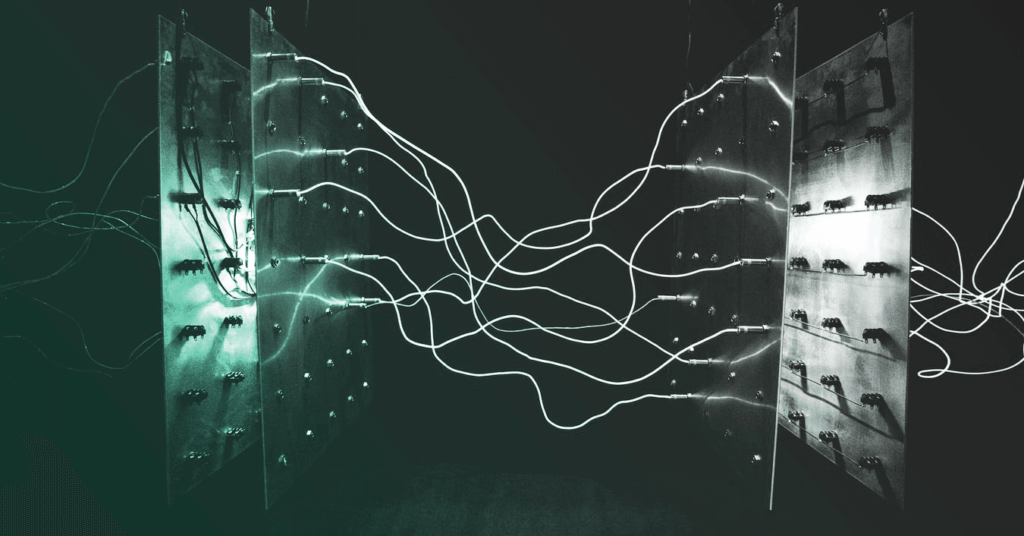The number of IoT devices is growing at an exponential rate and according to Statista, there will be over 75 billion connected devices by 2025. Interconnected devices are not only increasing in number but also in their functionality, proving value in numerous sectors. Below are 5 areas where IoT is expected to see high rates of adoption in 2020.
Manufacturing
2020 is the year where manufacturing is set to rule the roost. For the first time since its inception, IIoT is set to overtake consumer IoT spending. Alexas and smart thermostats are becoming commonplace within many homes, however, the implementation of IoT into heavy industries such as manufacturing has not yet seen the same level of uptake. 2020 is the year this is set to change, manufacturers have already begun digitalising their processes and undergoing huge changes, which industry specialists are referring to as the fourth industrial revolution. 81% of industrial manufacturers have already integrated IoT into their operations to increase efficiency and this number is set to rise in 2020. Consumer devices currently account for the majority of connections globally, but according to GSMA Intelligence, IIoT connections will outpace consumer connections by 2025.
Energy
As there becomes a greater demand for renewable energy, the need for connectivity grows. Renewable sources of energy are highly fluctuating, so grids need to manage the sources to ensure a constant supply of energy. IoT offers grids load balancing capabilities, smart demand response as well as integration with power storage technologies. IoT also enables suppliers to get an accurate projection of demand and anticipate an upcoming need.
Another prediction is that IoT devices will stop drawing their power from mainline power and instead start being powered by ambient energy harvesting to converse as much energy as possible. IoT enabled sensors and other devices will be able to extract energy from vibrations from machinery, heat and solar energy.
Retail
The rise of the smart store is a big prediction for 2020. Supermarkets are home to many high power drawing assets such as fridges, freezers, lighting grids and HVAC systems and have high energy consumption rates. Stores have been implementing IoT as a way to monitor key assets and their level of energy consumption, meaning energy managers can make informed decisions to make their store more energy efficient. However, this is now going one step further, when IoT is integrated with AI, stores can begin automatically controlling assets dependent on the current need. Whether this is reducing lighting based on occupancy or running the store on batteries during triad periods to avoid additional costs.
Logistics
The latest innovations in IoT will be driving the logistics sector to become more efficient and pave the way for self-driving trucks. Recent reports predict that the global IoT in the logistics market will grow with a CAGR of 14.6% from 2019 to 2025. IoT can create a smart location management system that will enable companies to easily track driver activities and provide real-time information on vehicle location. Any deviation from the chosen route is instantly detected, preventing delays in delivery and lost packages. For high value or sensitive packages, IoT sensors will prove to be vital in monitoring environmental factors such as humidity to prevent loss from damaged goods.
IoT and AI
Predictions are showing that the convergence between IoT and AI could have as much as an influential impact as the amalgamation between the internet and mobile phones. While IoT is the digital sensor system, AI is the brain controlling the system, delivering an intelligent and connected self-correcting system. Companies will be able to capture unprecedented amounts of information and begin automatically improving their operations to become more efficient. The mainstream implementation of AI in organisations in 2020 will be shortly followed by regulations around AI in practice.
Discover how Hark’s enterprise IoT software can help increase connectivity, visibility and intelligence here.



